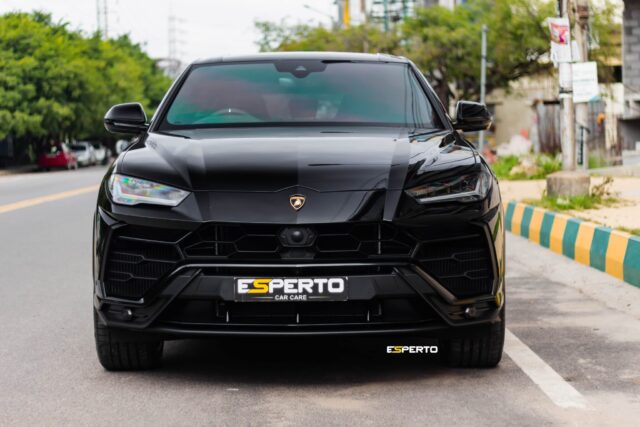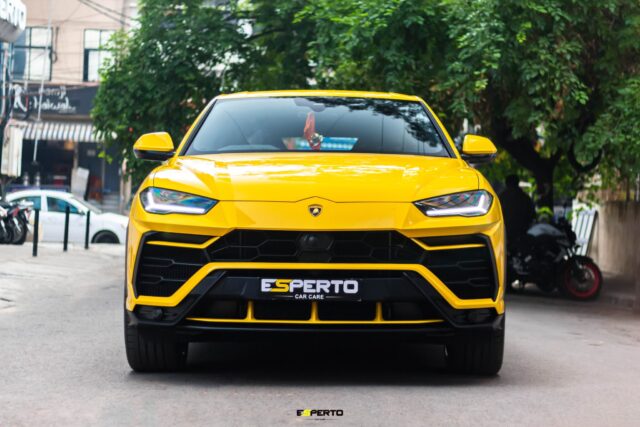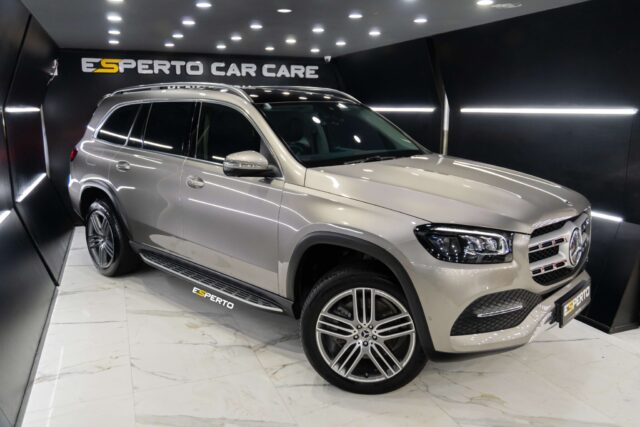In a place like India, the sun can feel harsh, making car window film a critical choice. A good window tint film reduces heat, blocks harmful UV rays, and protects your privacy. To get the best results, it’s important to get expert sun film installation. At the same time, you must follow tint laws. Let’s explore key details in simple language.
Types of Car Window Tint Films: Which One Suits Your Needs
This section focuses on the different types of car window tinting solutions available. Many folks wonder how many car films there are, or what kind of window tint works best. We’ll talk about dyed films, metallic options, and other variations. Let’s see what each offers and how they differ. Truly.
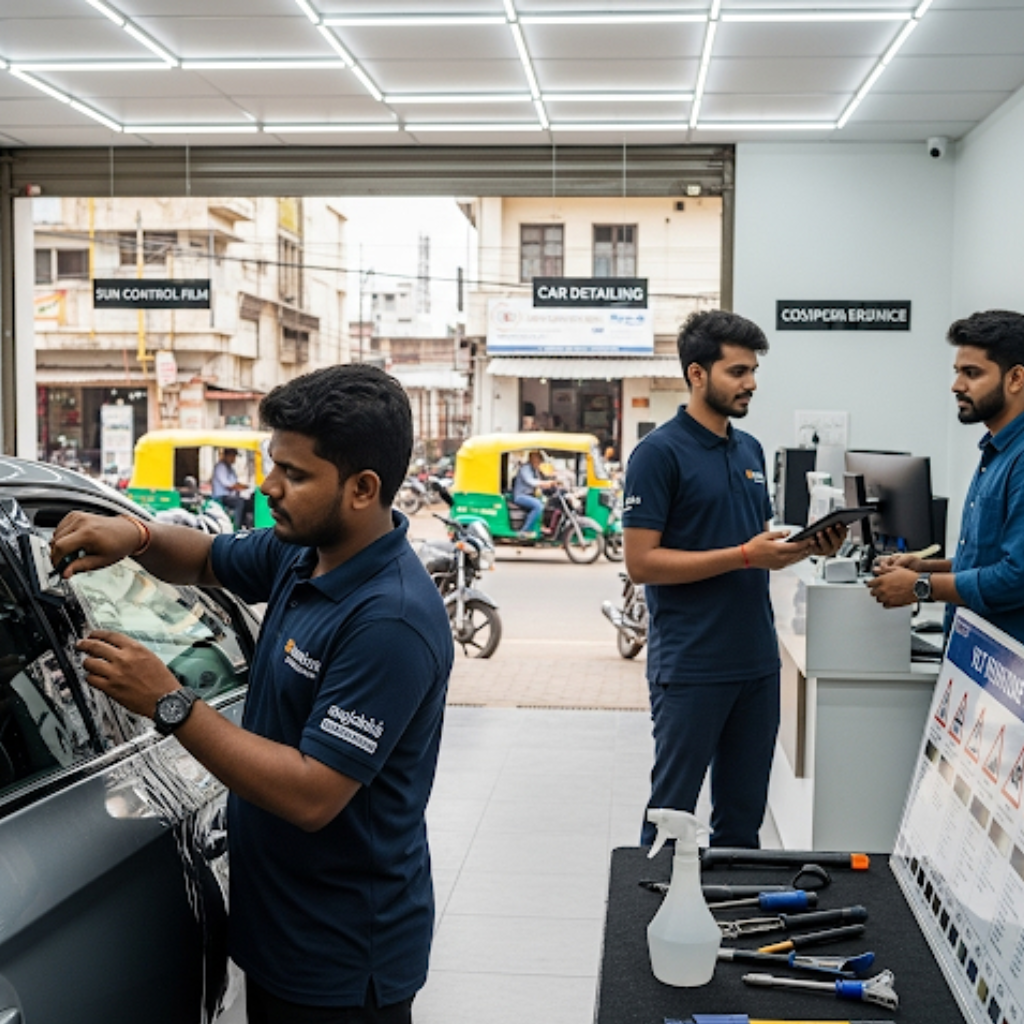
Dyed Car Tint and Basic Sun Protection Film
Dyed car tint is often the cheapest option. It uses a layer that helps absorb sunlight, providing shade and comfort. Many drivers prefer it for looks and affordability. Still, it may fade quickly in intense sun. Some dyed films for cars can block a portion of harmful UV rays, too. Below is a simple comparison:
| Factor | Dyed Tint Benefit |
|---|---|
| Cost | Low |
| Heat Rejection | Medium |
| Longevity | Shorter |
Although dyed film can be a solid start, it might not be ideal for those wanting stronger sun protection film.
Metallic and Carbon Window Films for Cars
Metallic window tint film uses reflective particles to bounce away sunlight, reducing interior heat. It can keep cabins cooler and protect seats from fading. However, metallic layers sometimes interfere with phone or GPS signals. Carbon-based window films provide a balanced solution, blocking infrared rays without risking signal problems. Carbon tints come with deeper black tones, giving an elegant appearance from the outside. They are also known to resist fading longer than cheaper dyed tints. Many owners value carbon films for cars because they curb glare significantly. Ultimately, each type delivers window comfort, style, and privacy benefits.
Ceramic and Other Premium Types of Car Window Tint
Ceramic films rank among the top window tint solutions for automotive owners who want serious defence from harmful UV rays. These tints often block up to 99% of UV, keeping interiors cooler and reducing skin risks. Ceramic-based window films make driving more pleasant by limiting glare. Their non-metallic construction also prevents signal interference. When combined with nano-ceramic technology, heat rejection performance improves without going too dark. This approach meets window tint laws while offering a superior ride. While the car window tinting cost for ceramic films may be higher, the long-term durability and comfort can make it worthwhile for anyone who values quality.
Legal Tint Laws: Right Car Window Rules and Highly Reflective Car Windows
India’s tint laws are firm about visibility. They outline that the right car window must maintain minimum light transmission levels. Highly reflective car windows might sound cool, but they’re often disallowed. Let’s explore car tint rules, how to choose the right car window tint, and stay legal.
Minimum Visibility Requirements and Tint Available
Under current tint laws, front and rear windshields usually require at least 70 per cent transparency, while side windows need about 50 per cent. These standards help drivers see clearly and reduce security concerns. Window tint available in the market will often have a label showing light transmission. In major cities, authorities may check compliance during routine stops. You risk fines or removal orders if your film falls below the required limit. Still, with so many tint available options, you can pick films that meet legal parameters. A proper VLT rating ensures you drive legally while still enjoying the practical perks of tinting.
How Window Tint Law Enforcement Can Vary by Location
In certain areas, local police may be stricter about window tint laws, especially in crowded urban zones. Rural regions might see lighter enforcement, but that doesn’t mean ignoring regulations is wise. Some places even ban any film if it’s too dark, citing safety reasons. The automotive world sees frequent changes, so check for updated guidelines before installation. Sometimes, folks assume that fancy badges allow them to break rules, but that’s a myth. Keep a copy of your tint certification in the glove compartment to avoid hassles. Consistency in following laws ensures peace of mind wherever you travel.
Tips for Staying Compliant
Please choose the right car window films that indicate their VLT percentage. Always request an invoice or certification from your installer. That document helps if the authorities stop you. Remember that certain older vehicles might have factory-tinted glass, which must comply with norms. If you’re uncertain, an Esperto Car Care Coimbatore expert can measure your tint levels. Consider picking window tint solutions that strike a balance between style and visibility. Don’t wait until you get a ticket or realise your tint is too dark. Plan, and you’ll avoid headaches in the long run.
Benefits of Car Window Tint: UV Protection, Privacy & Comfort
There are many benefits of window tint for anybody aiming to protect their interior and passengers. Blocking harmful UV rays is a big deal, but there’s more. This section explains how the different types of car window tints help reduce glare, improve comfort, and keep your ride looking fresh.
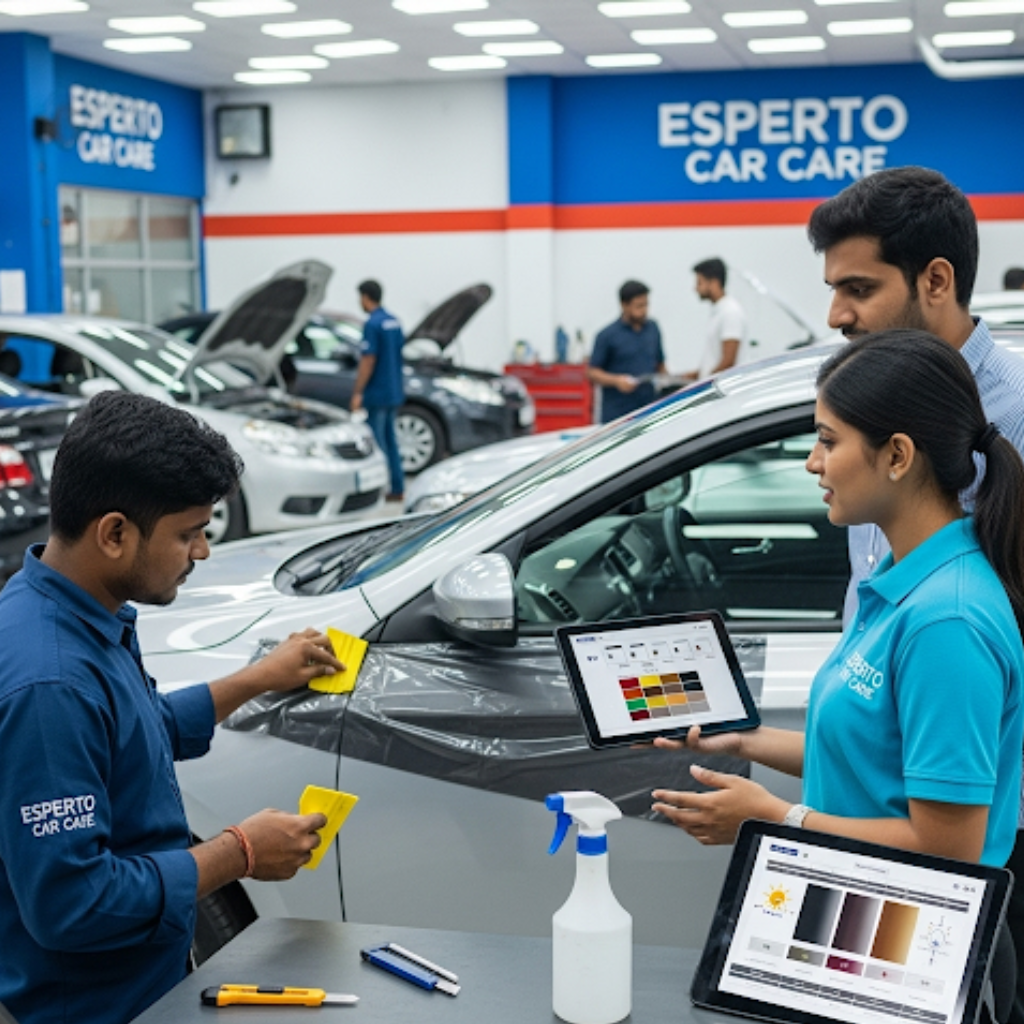
Sun Protection and Cooler Interiors
Excessive sun can heat a car fast, especially during summer. High IR rejection films for your car help reduce cabin temperature, so your air conditioner won’t need to work as hard. That can save fuel costs and keep you from feeling exhausted while driving. Film technology also lowers the risk of interior materials cracking or fading. Many drivers get relief from sweaty seats or steering wheels. This heightened comfort during scorching afternoons can make daily commutes more pleasant. By filtering solar energy, your film works around the clock to shield your car from constant sun exposure.
Extra Privacy and Reduced Glare
Window films make travelling more private by blocking prying eyes. Passersby can’t easily see in, letting you enjoy personal space. This is helpful when you keep items in your backseat. Tinted glass also limits glare from bright headlights at night, making driving less straining on your eyes. For folks driving long distances, glare reduction can be vital. Parents with small kids like the added seclusion, too. Moderate shades still provide comfort, while you can’t go too dark due to window tint laws. Put tinted windows to cut down distractions and keep your travel environment calm.
Protection Against Harmful UV Rays
Sunlight carries ultraviolet radiation that can harm skin during extended drives. A quality window tint helps block these harmful UV rays, which can cause sunburn or long-term health risks. Even mild exposure increases over time if you’re frequently behind the wheel. UV protection works like a shield, reducing the impact on your face, arms, and interior upholstery. Some premium tints promise near-100 per cent UV blocking, helping your cabin stay in better shape. Investing in a top-tier film might be a wise decision if you want to protect your family or yourself.
How to Choose the Best Window Tint Film for Your Car
Anybody looking to select the right car window tint has plenty of choices. But matching your location, driving habits, and budget is vital. Different car window materials, from simple dyed options to premium nano-ceramics, each serve a purpose. A careful approach ensures your money is well spent.
Checking Tint Laws Before Installation
Always confirm regulations in your area, since some cities enforce stricter standards. This can include checks for window films, make or brand. If you choose the wrong VLT, expect possible fines or a forced removal of your tint. Searching official guidelines or talking to a local installer can clarify your options. Local laws often revolve around crime prevention and visibility for traffic officers. Understanding rules ahead of time can help you avoid frustration. Also, ask your chosen shop for any updated tint laws. That way, you won’t waste money on a film without inspection.
Budget vs. Long-Term Value
Initial cost is often a significant factor for drivers picking a window tint available in stores or online. Dyed products can be cheaper, but might fade faster, forcing you to replace them. Premium ceramic or carbon-based tints stay effective for years, saving costs in the long run. Many folks find the peace of mind worth the extra expense. Check manufacturer guarantees for fade resistance or bubbling coverage. That can reduce future stress and unexpected bills. Also, keep colour stability in mind if appearance matters. Spending a bit more now can deliver dependable results down the road.
Where to Buy and How to Install
You can find window tint solutions at automotive shops and specialised outlets. Some people try online channels, but installation is the tricky part. Poorly fitted film might peel or bubble, negating the benefits. Professional shops usually provide a warranty on both products and labour. Look for credible reviews from other customers. An experienced installer can ensure no dust or air pockets remain. They’ll also confirm compliance with tint laws. Make sure to ask about aftercare and cleaning tips. A conscientious approach, from selection to final application, helps preserve your films for cars long-term. This keeps your vehicle looking sharp.
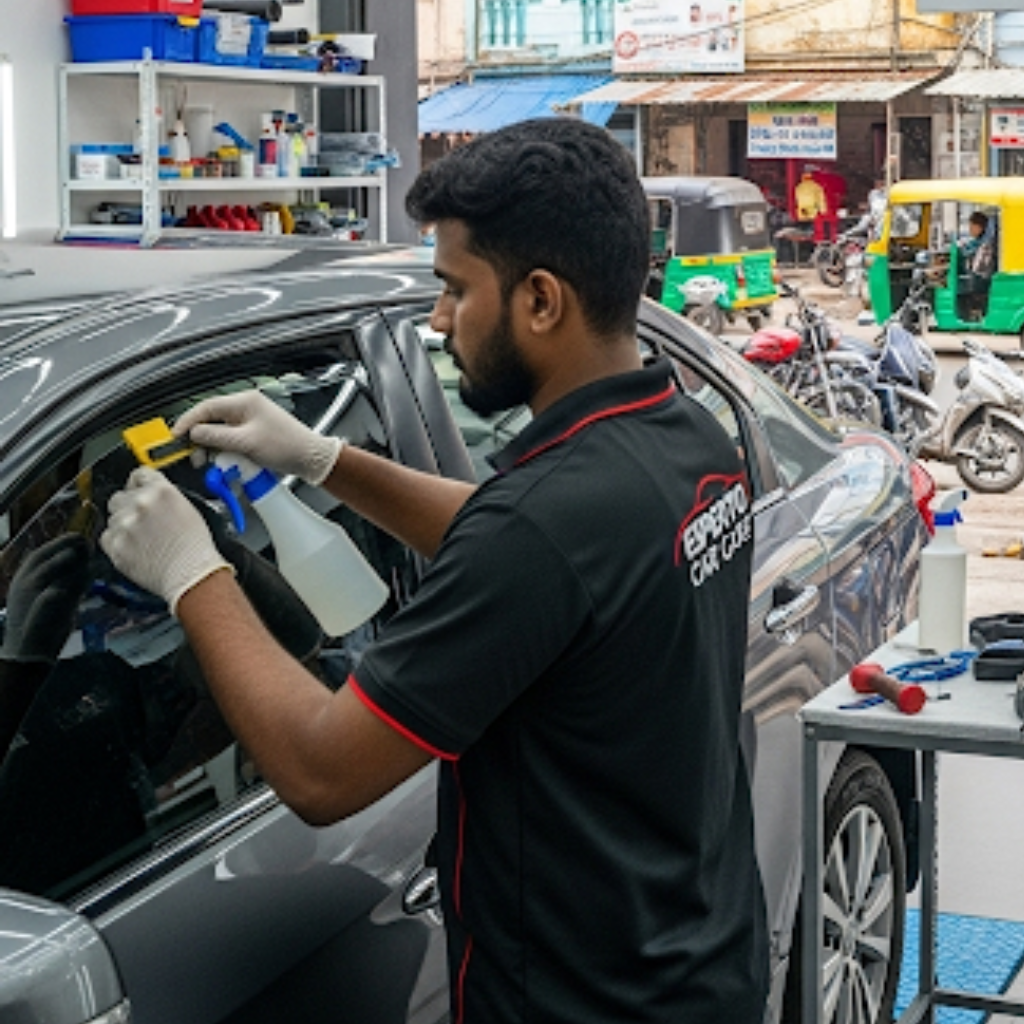
Conclusion
All in all, understanding how many car films there are can feel confusing. Types of sun film for car windows vary, but each one serves a real purpose. You’ll enjoy less heat, better privacy, and a safer interior environment with the right car window shade. Just be sure to follow local tint laws and pick quality materials. If you need help or want a professional opinion, Esperto Car Care Coimbatore can guide you. There are many car window film types, but a wise choice keeps you comfortable, secure, and on the right side of the rules.



